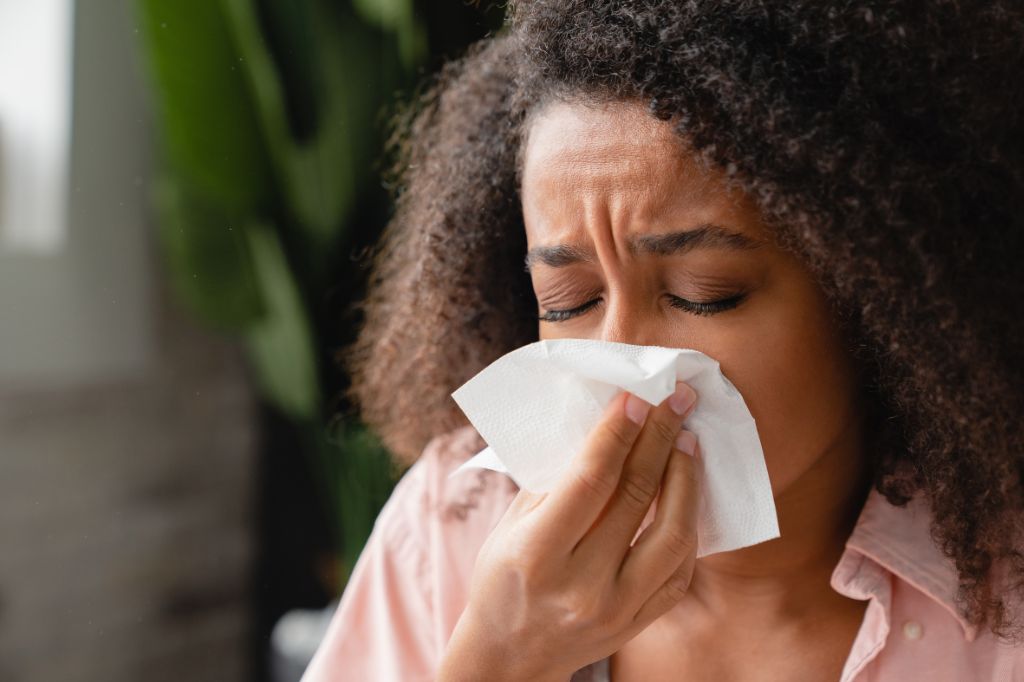
What You Need to Know About Latex Allergies
Latex, a common material in many everyday products, has become synonymous with utility and versatility. However, for some individuals, exposure to this substance may lead to a range of adverse reactions. Latex allergies are relatively rare but can be severe. As we delve into this topic, we first need to understand the root cause of latex allergies. Let’s start at the beginning – by understanding what natural rubber latex is.
What Is Natural Rubber Latex?
Natural rubber latex is a milky fluid derived from the Hevea brasiliensis tree, commonly known as the rubber tree. This substance is used to manufacture a wide range of products due to its unique properties, such as flexibility, durability, and resistance to water and certain chemicals. Unfortunately, natural rubber latex also contains proteins that may cause allergic reactions in some individuals.
Synthetic rubber, on the other hand, does not cause allergic reactions. This is because synthetic rubber is made from petroleum and does not contain the proteins found in natural rubber latex that cause allergic reactions. Synthetic rubber products, including nitrile, neoprene, and polyvinyl chloride (PVC), offer a safe alternative for people with latex allergies. These synthetic materials retain the desirable properties of flexibility and durability, making them suitable replacements in many applications.
Common Products and Foods Containing Latex
Latex products can be found in a variety of places, such as:
- Medical supplies and equipment
- Gloves
- Condoms
- Balloons
- Rubber bands
- Tires
- Baby bottles
- Clothing and shoes
- Pencil erasers
Surprisingly, certain food products may cause an allergic reaction in those with a latex allergy due to the presence of proteins similar to those found in natural rubber. These foods include:
- Avocados
- Kiwi
- Chestnuts
- Tomatoes
- Peaches
- Rye
- Wheat
- Figs
- Plums
- Strawberries
- Bananas
It’s important to note not everyone with a latex allergy will have a reaction to these foods. If you have a latex allergy and you haven’t had a reaction to these foods, you don’t necessarily need to avoid them. However, if you’ve had a reaction to any of these foods and you have a latex allergy, it’s a good idea to talk to your allergist. They can help you determine which foods you need to avoid and ensure you’re still getting all the nutrients you need.
Triggers and Symptoms of Latex Allergies
Latex allergies are triggered when the body’s immune system reacts to proteins found in natural rubber latex. This reaction can occur through direct contact with latex-containing products or by inhaling latex particles that have become airborne. The most common symptoms of a latex allergy are:
- Skin rash or hives
- Itching
- Watery eyes, runny nose, sneezing, or coughing
- Swelling of the face, tongue, or throat
- Wheezing or difficulty breathing
- Anaphylaxis
Anaphylaxis occurs when a person experiences an extreme allergic reaction and requires immediate medical attention. Symptoms of anaphylaxis include difficulty breathing, swelling of the throat, and loss of consciousness. Anaphylaxis is the most severe form of an allergic reaction and may be life-threatening. If you experience any of these symptoms, it’s important to seek medical attention immediately.
Diagnosing Latex Allergies
If you suspect you have a latex allergy, it’s crucial to see an allergist or immunologist for diagnosis. The first step in diagnosing a latex allergy is to answer questions about your symptoms and any possible exposures to latex. Your doctor will also ask questions about your medical history and family history of allergies.
The next step is a skin test. During this test, your doctor will apply a small amount of latex to the skin and wait for a reaction. If there is no reaction after about 15 minutes, your doctor may order a blood test to measure your body’s response to latex proteins. Depending on the results of these tests, your doctor can help you create an appropriate management plan for living with a latex allergy. At Northeast Allergy, we provide comprehensive care to help diagnose and manage several types of allergies, including latex allergies.
Tips for Preventing Latex Allergy Reactions
Preventing latex allergy reactions doesn’t have to be a daunting task. Being mindful of potential latex exposures and taking the necessary steps to prevent them is a key part of managing latex allergies. The tips below can help you prevent latex exposure and protect yourself from allergic reactions.
- Read product labels carefully to check for ingredients that contain natural rubber latex.
- Ask your healthcare provider which products they use that contain latex.
- Carry an epinephrine auto-injector if you have a severe latex allergy.
- Wear a medical alert bracelet or necklace that states your latex allergy.
- Avoid powdered latex gloves, which can cause airborne particles.
- Use products made of synthetic latex or other latex alternatives.
Remember, knowledge is your best defense against latex allergies. Staying informed and making conscious choices can help you enjoy a life free from the worry of unexpected allergic reactions. Whether at home, at work, or out and about, these practical tips can help you stay safe and prevent latex allergies.
Treating Latex Allergies
Treating latex allergies begins with a proper diagnosis, which can be achieved through various testing methods and followed by appropriate treatments. Avoidance of potential latex sources is the mainstay of treatment for individuals with a latex allergy, but if avoidance isn’t enough to control symptoms, your doctor may recommend medication such as antihistamines or corticosteroids.
Start Your Journey to Allergy Relief With Northeast Allergy
At Northeast Allergy, our allergists employ a variety of approaches to diagnose and treat latex allergies, including blood testing, skin tests, and immunotherapy. Immunotherapy is a long-term treatment for allergies that involves exposing the body to small amounts of an allergen to build immunity.
Don’t let latex allergies control your life. Book an appointment with Northeast Allergy today and take the first step toward allergy relief.



